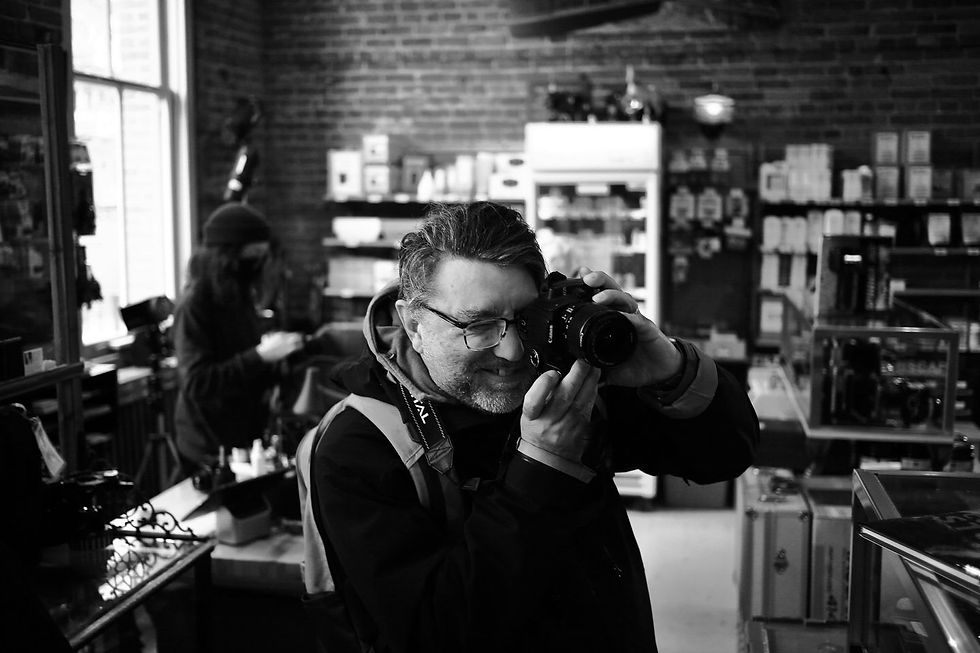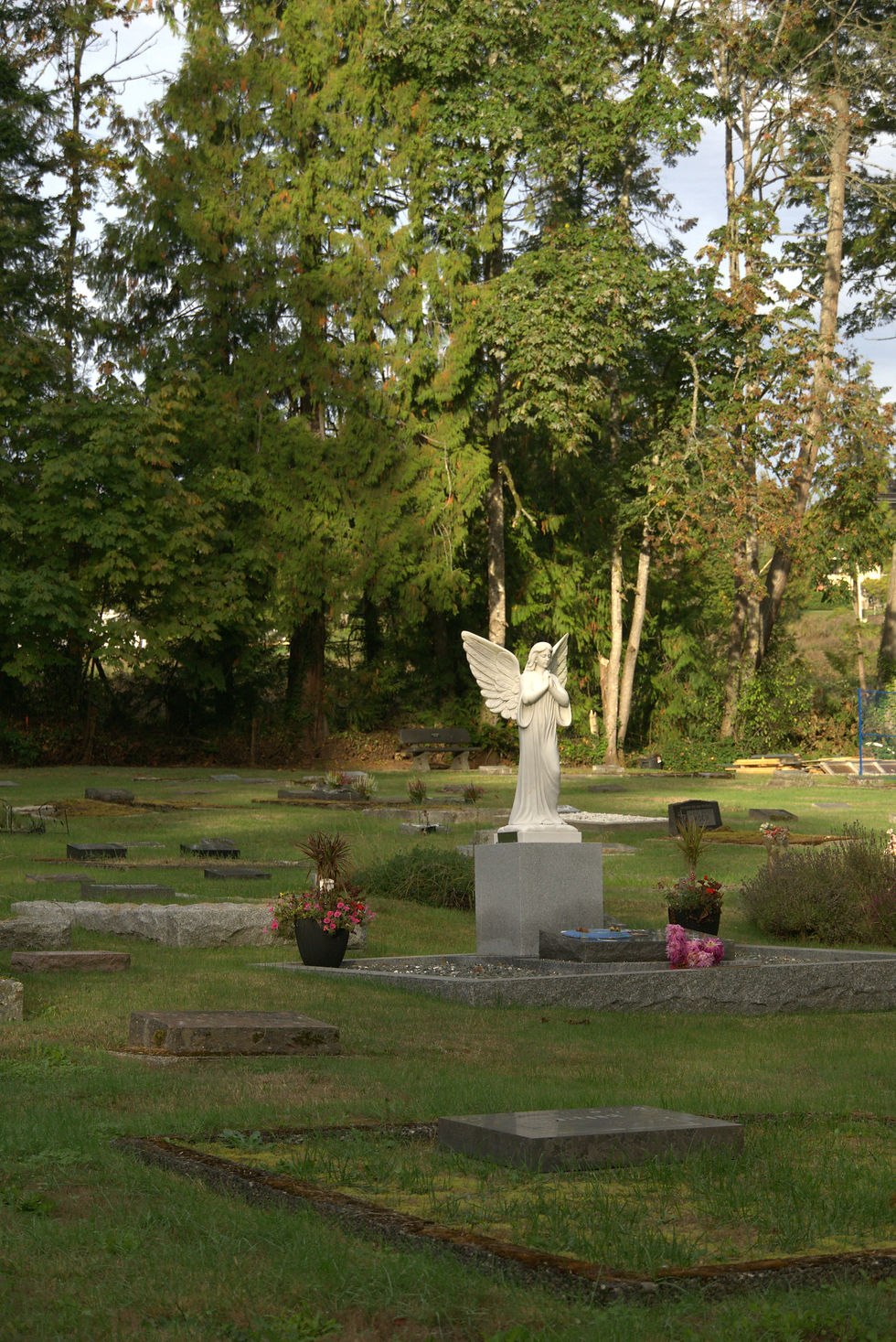Watch The Birdie! Trials and Tribulations Of a Novice Bird Photographer
- David Axon
- Aug 27, 2024
- 3 min read
One of the lovely aspects of becoming passionate about photography is the opportunity to meet new people. It is even nicer when you discover someone you already know has a photography hobby you were unaware of. Such was the case with Kevin, whom I know in a completely non photographic context.
It took me ages before I plucked up the courage to suggest we go on a photography shoot. I was aware he had been a member of a local photography group for some time, and so was sure he would be considerably more proficient than me. I had no idea to what extent that was true until we met!
We decided to go to a local lagoon. Now I have very little experience of photographing birds in flight, save for the odd seagull, so I thought this would be a great learning experience. It was, and not without some trials and tribulations, as I will explain using the following photographs. I was using the Sony a6000 camera with the Sony 70-350 mm lens. So no excuses from me about the quality of the gear!
Kevin gave me some helpful advice initially on where to position myself in relation to the lagoon and the birds. He moved quietly and with some stealth, and we were able to get to a good vantage point.
I had not anticipated the level of eye and motor coordination necessary. I wanted to get the heron in focus, but of course the darn thing wasn’t going to pose for me was it! Getting to grips with the focus magnifier was my main obstacle. As I turned the focus ring, and the magnifier sprang into action, I was not quick enough to move the focus point to exactly where I wanted it, and focus with the focus ring at the same time.
This was my initial attempt.

I hang my head in embarrassment and shame.
Kevin meantime was the epitome of poise and calm. I am sure he could hear my heavy sighs and mutterings!
At this point things like composition, observing how the light was playing on the heron, getting the reflection of the bird in the shot etc were minor considerations to the pressing need to just get the thing in focus!!
I soldiered on. I came to appreciate the calmness of the scene, to notice the other birds, and the pleasure of being out in nature. As a seasoned meditator, I told myself to slow down, try to just concentrate on this moment, and worry less about the quality of the shot.

Things began to get better, the bird is now in focus, but it is obviously poorly composed, with the lower part of the bird missing!
Eventually I was able to produce this. 02950

Certainly, much room for improvement, but it was not the worst effort. It needs an increase in exposure for sure.
Like all challenging photo situations, there is always much to learn when reviewing images afterwards. I am grateful for Kevin's constant practical encouragement and patience. He taught me the importance of positioning, composition, focusing close as possible to the heron within the limits of the lens and the light , noticing where the light is landing on the bird, and the art of capturing the reflection in the water. He made useful suggestions on aperture and shutter speed. A thoroughly pleasant event.
I learnt that in addition to wanting to get the best shot possible, it is also important to enjoy the surroundings, enjoy the beauty of the birds, and to notice when negative thoughts are hindering the pleasure of the craft of photography.
Afterwards Kevin informed me he had a web site. It is https://www.dreamscapeimages.ca/ I love his work, he is an artist comfortable using different media and you can see the influence of his art in his photographs.


Comments